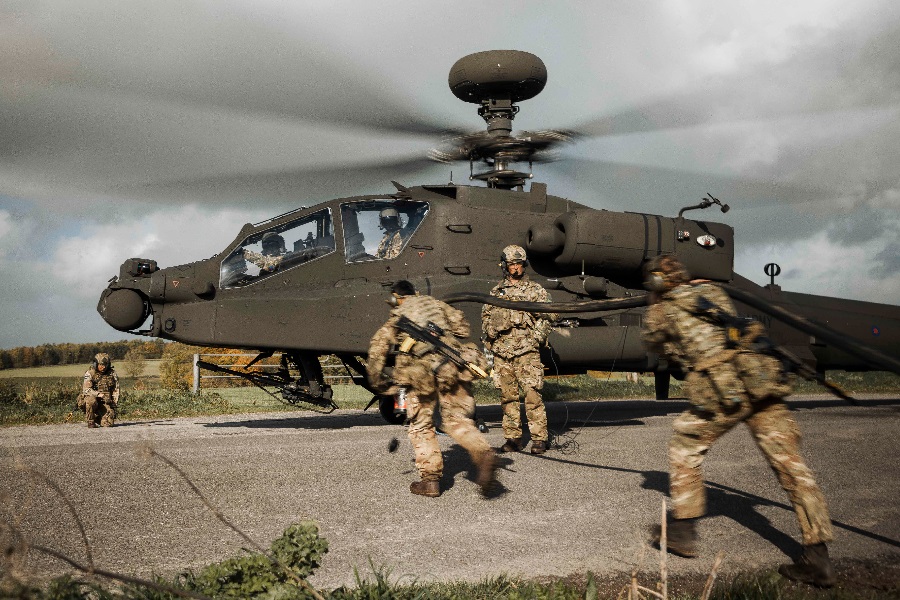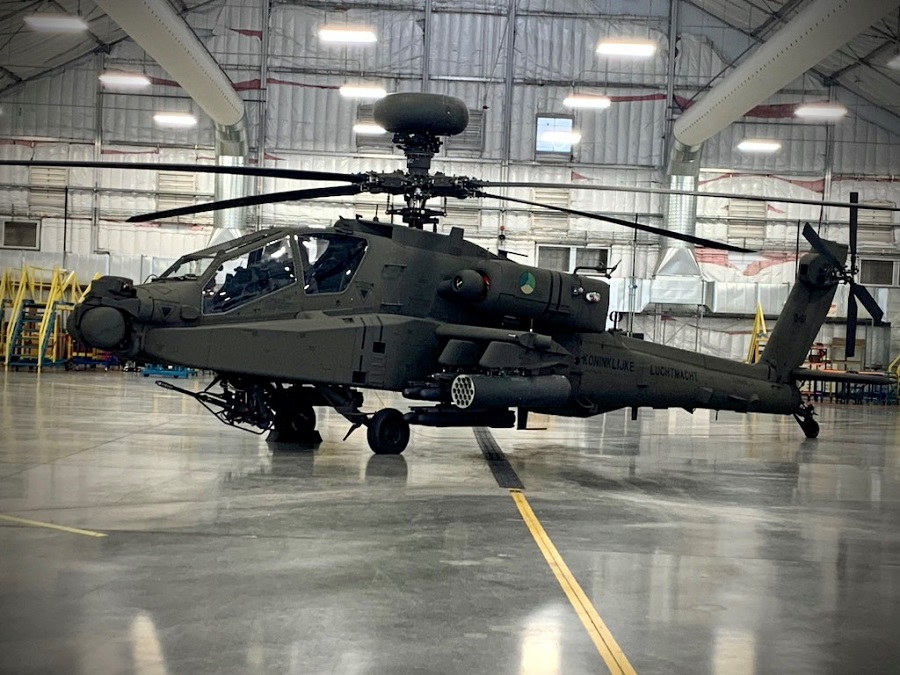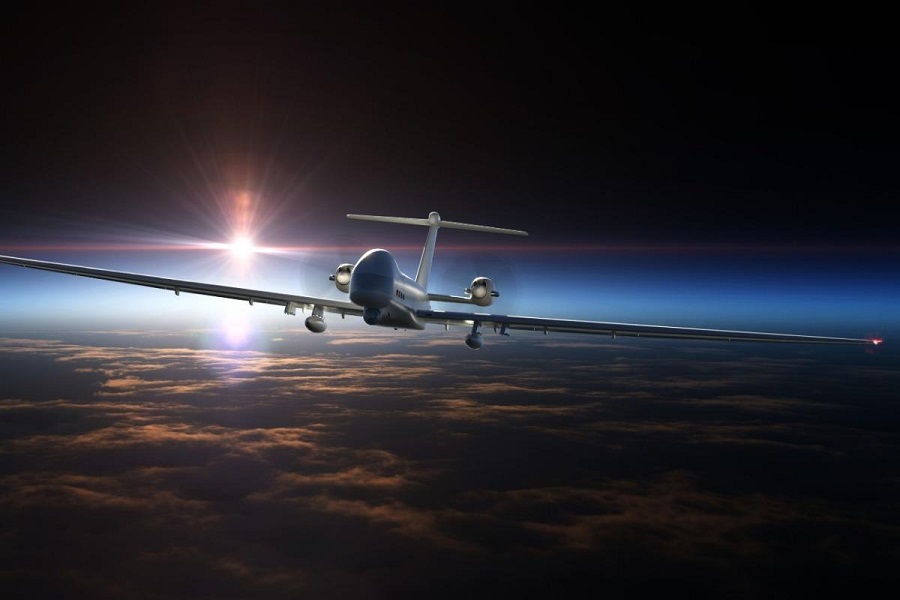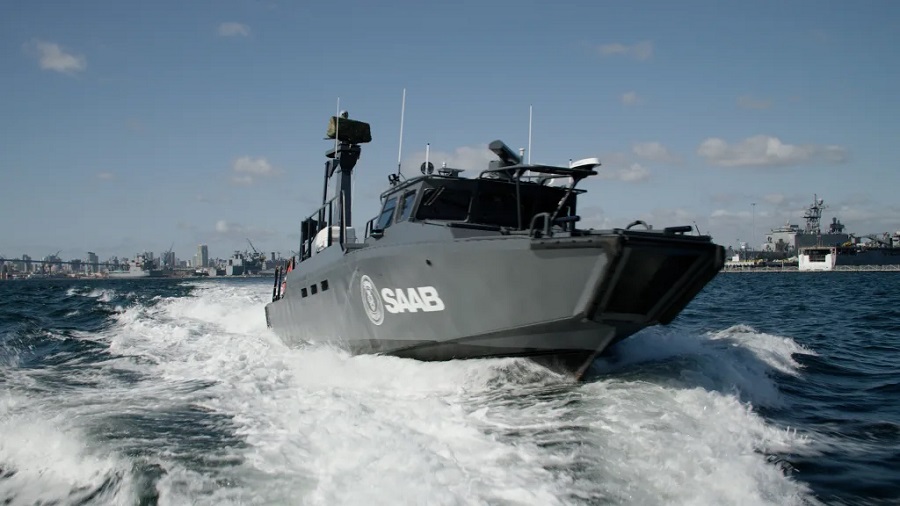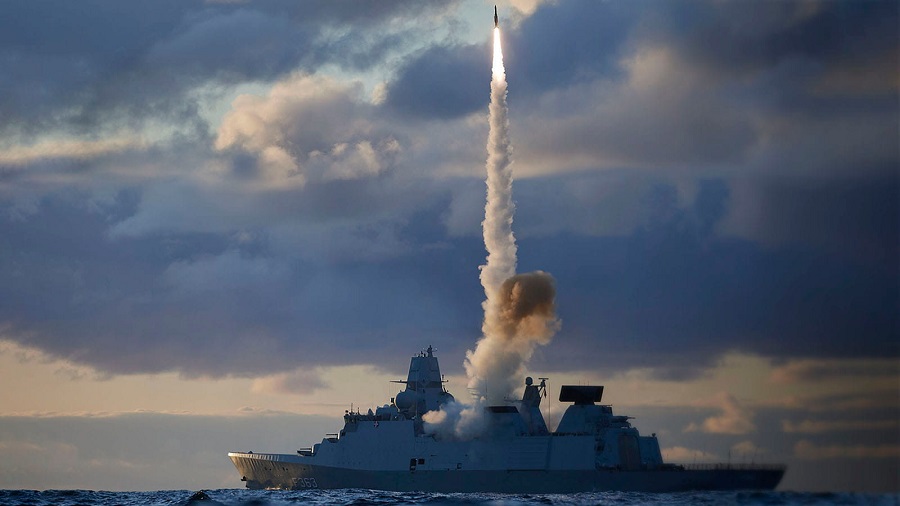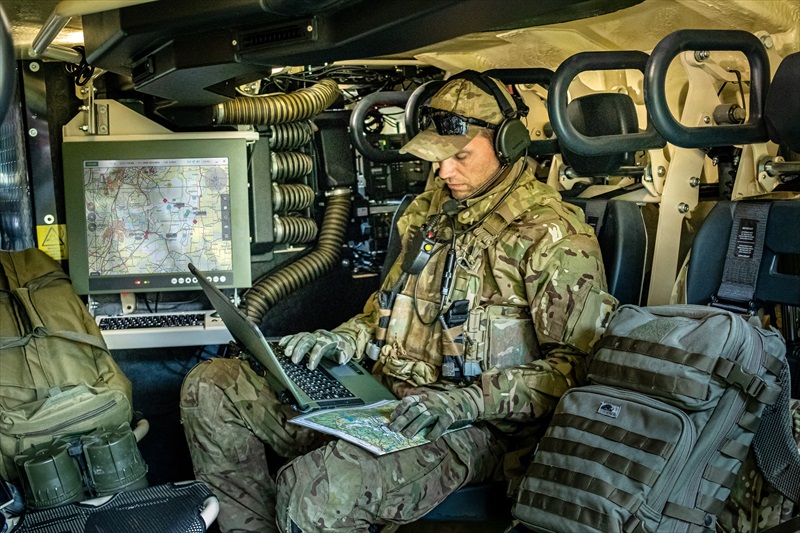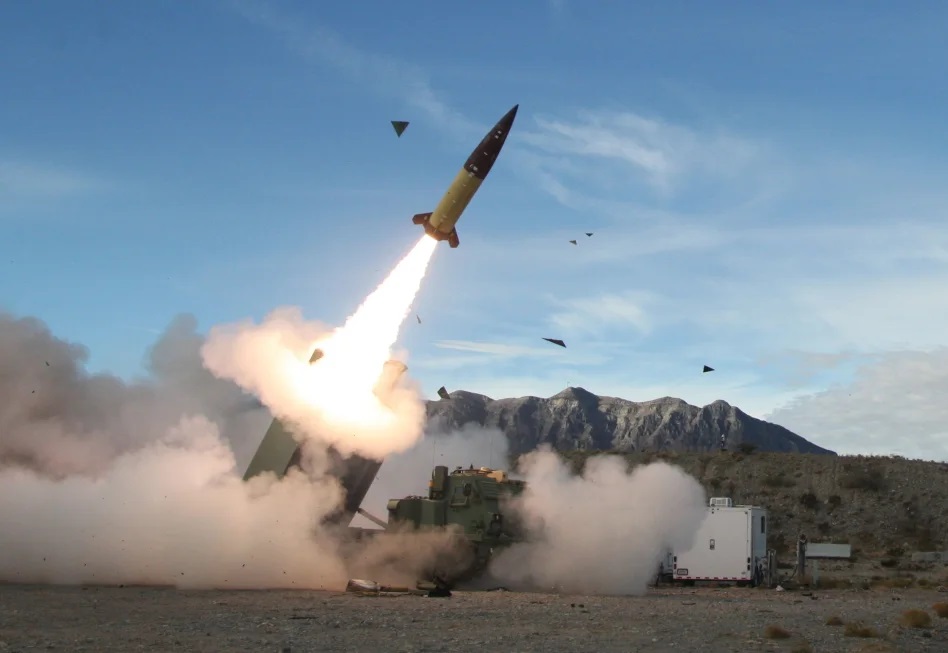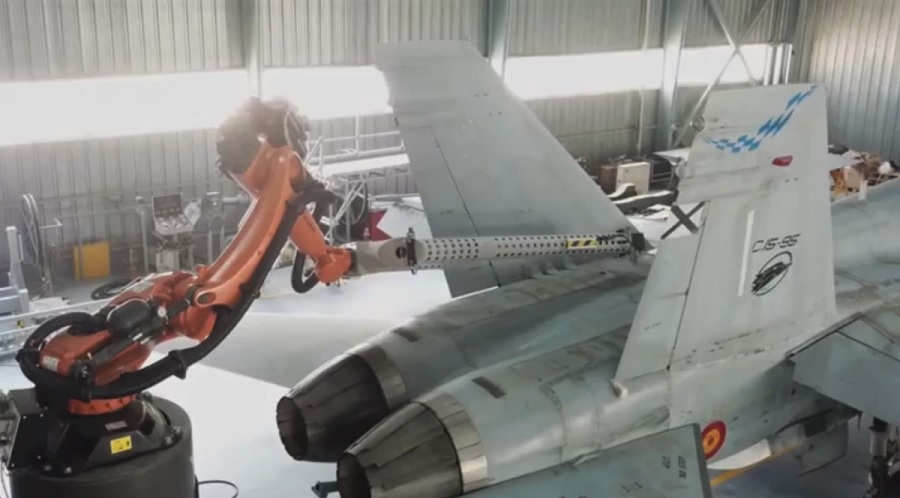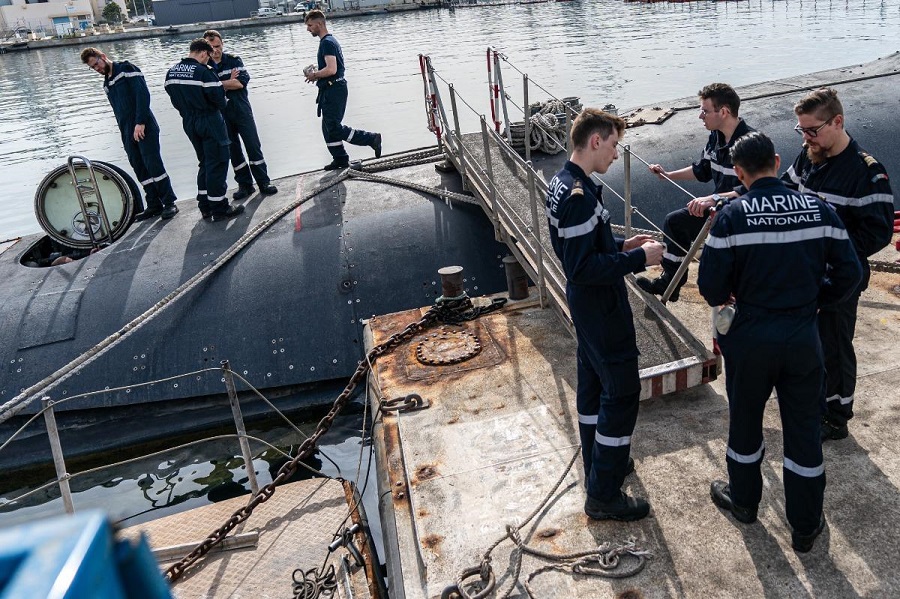Among the key lessons from the war in Ukraine, countering the threats presented by air defence, uncrewed aircraft systems (UAS) and electronic warfare are important for aviation units to learn.
3 Regiment Army Air Corps is reflecting these new realities as it brings the AH-64E into frontline service, as could be seen on the recent Exercise Talon Guardian.
Apache pilot Captain ‘H’ said: “We’re tailoring what we do based on the lessons of the modern battlefield and the requirements of our role, which is to provide aviation deep attack as part of the Army’s warfighting division.

We’ve had to completely change how we operate both in the air and on the ground, to best exploit the AH-64E’s improved sensors, weapons and communications systems, as well as its better flying performance.”
For pilots, being ready to fly against air defence systems has been a significant change from the uncontested operations flown by the previous Apache Mk 1 in Afghanistan
Capt ‘H’ said: “We’ve had to change from flying hard and fast – when sometimes showing our presence did what troops on the ground needed from us – to a more cautious approach. To avoid detection and being engaged by air defence, we’re flying low and using the contours and features, like woods, to get close enough to attack our targets.”
To operate in the deep, attacking enemy weapons before they can target friendly troops, means that the Apaches need to be sustained out in the field. How these Forward Arming and Refuelling Points (FARPs) operate has had a rethink, to prevent the vital support teams from being located by drones or by having their communications intercepted.

“We need to be more mobile and tactically-minded to survive,” Staff Sergeant Steve Tymms said. “We can’t just set up in a fixed location, so we’ve split down to small, self-sufficient teams that work to a matrix of locations and times.
“We’re basically making appointments and if an aircraft turns up we’ll give it fuel and weapons, but if not then we pack up and go to the next location. It keeps us moving and we can do it without radio comms, so we’re much harder to target.”
Arming and loading point commander Corporal Oliver Kenyon said: “Once an aircraft is at a FARP, then we’re an obvious and high-value target. The clock’s ticking and we must fuel and rearm it quickly, get it back in the air and then move ourselves before we get fired on.
“Working like this makes us more survivable, so we can continue to service the aircraft, so they can keep doing their job attacking the enemy.”
Countering the enemy’s own deep strike capabilities means maintenance and staging areas far from the frontline must keep a similarly low profile and be mobile. Across the two-week exercise, 3 Regt AAC travelled 1,500km across England to set up three separate forward operating bases.
A key change has been Royal Electrical and Mechanical Engineer soldiers who maintain the aircraft working on individual aircraft from concealed and dispersed positions, rather than a centralised position.
Aircraft technician Lance Corporal Chris Voller said: “We can’t expect to have the luxury of a well-established and secure base. Dispersal is about survivability, by presenting the enemy with lots of smaller targets rather than having all the aircraft parked together. Working like this is more challenging and needs good communication and planning to think about the kind of jobs we’ll be doing and the tools and spare parts that we’ll need.”


